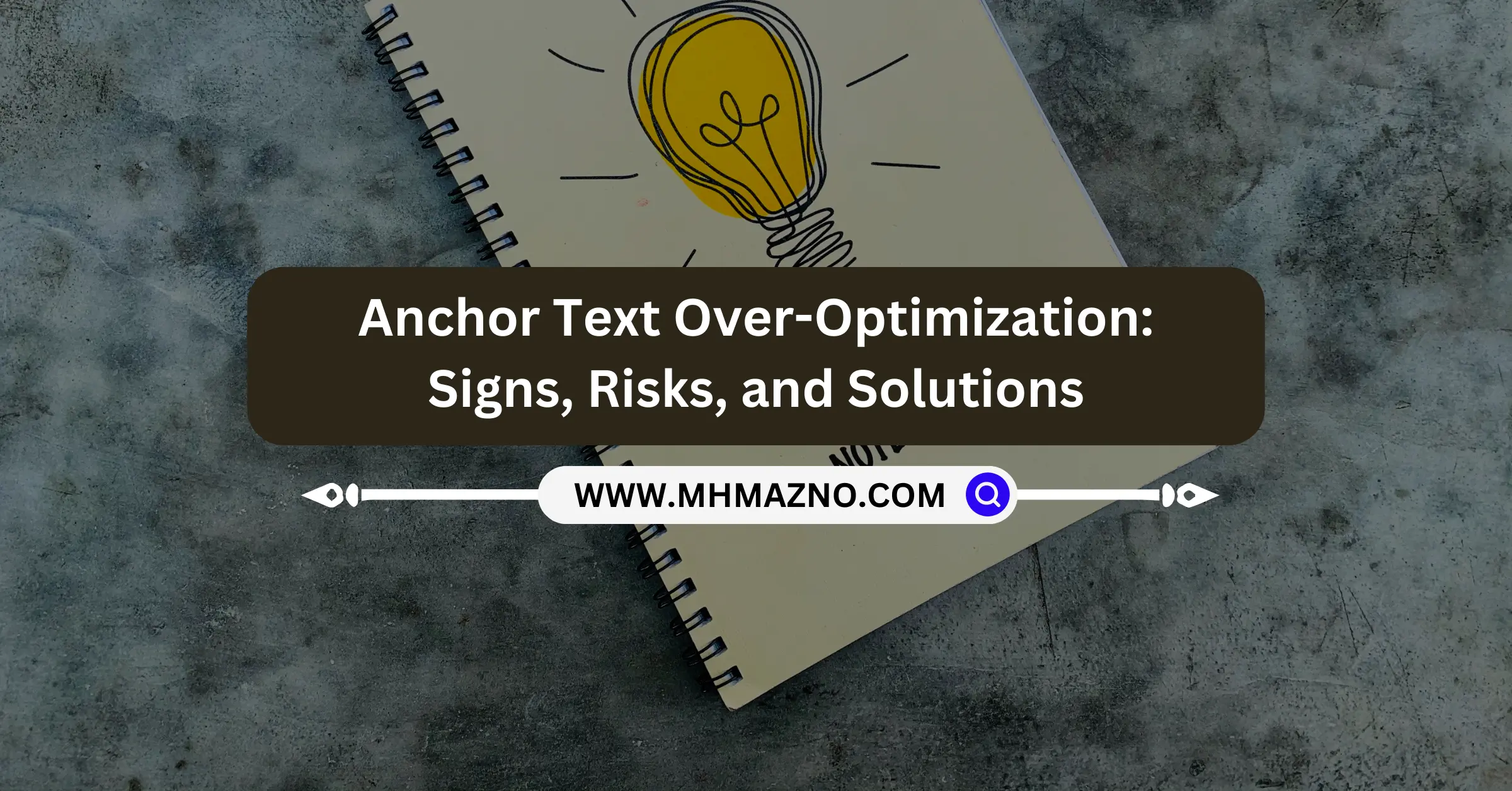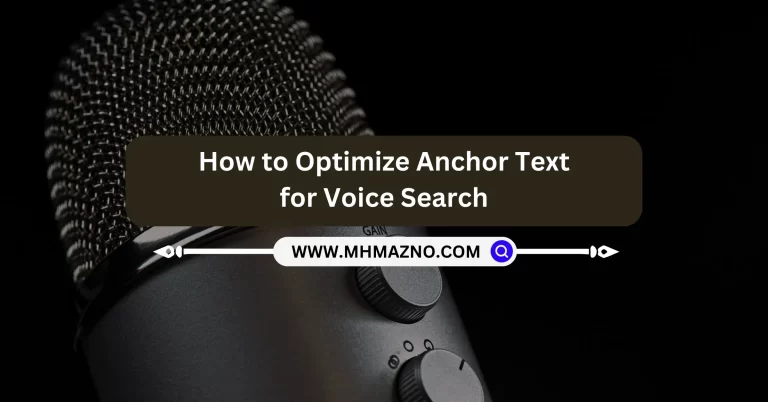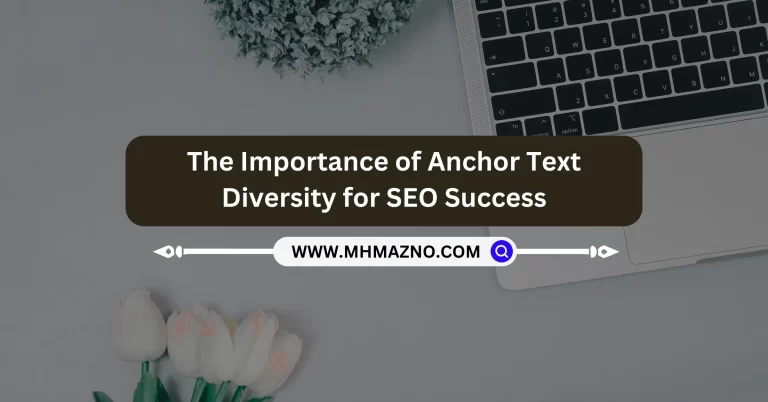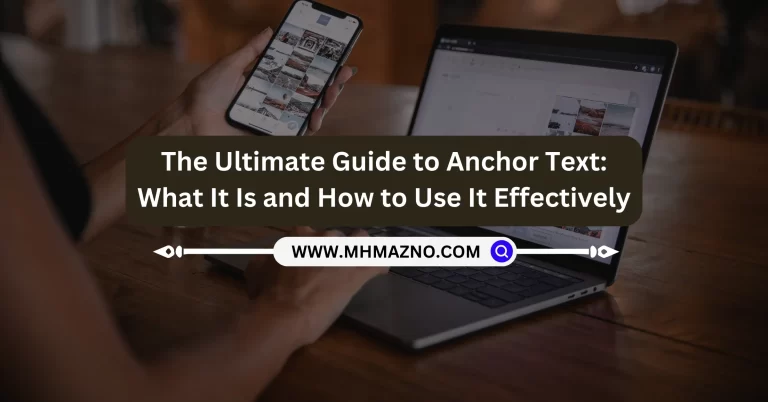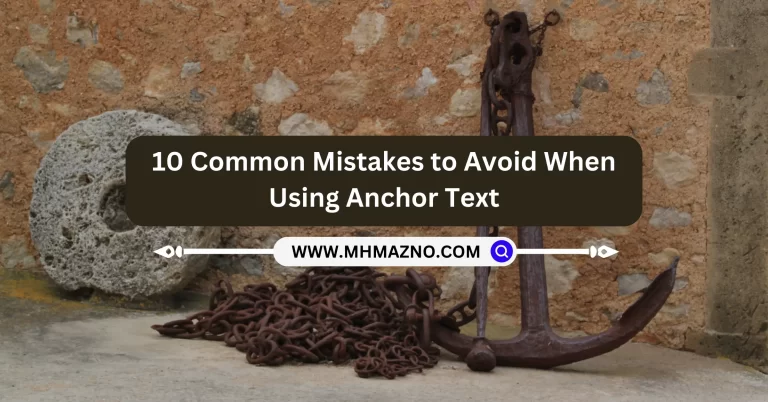Anchor Text Over-Optimization: Signs, Risks, and Solutions are crucial aspects of maintaining a healthy and effective SEO strategy. When anchor text is over-optimized, it can lead to penalties from search engines and hinder the overall performance of your website. In this comprehensive guide, we’ll explore the signs, risks, and solutions associated with anchor text over-optimization to help you avoid common pitfalls and optimize your website effectively.
1. Understanding Anchor Text Over-Optimization
Anchor text over-optimization occurs when website owners engage in excessive manipulation of anchor text for the purpose of improving search engine rankings. Essentially, it involves using specific keywords or keyword phrases excessively as anchor text in inbound links pointing to their website. While anchor text optimization is an integral part of SEO, over-optimization can have detrimental effects on a website’s search engine performance.
The primary goal of anchor text optimization is to provide users and search engines with context about the linked content. When done correctly, it helps improve the relevance and authority of a webpage in relation to specific keywords or topics. However, when website owners attempt to artificially inflate their rankings by overusing exact match anchor text or engaging in other manipulative tactics, it can trigger penalties from search engines.
It’s important to distinguish between legitimate anchor text optimization practices and over-optimization. Legitimate optimization involves using a variety of anchor text types, including branded, generic, and partial match anchors, to provide a natural and user-friendly linking experience. Over-optimization, on the other hand, typically involves an excessive focus on specific keywords or phrases, often to the detriment of user experience and content quality.
Website owners should strive to strike a balance between optimizing anchor text for SEO purposes and ensuring a positive user experience. By understanding the potential pitfalls of anchor text over-optimization and adopting best practices, they can avoid penalties and maintain a healthy, sustainable SEO strategy.
2. Signs of Anchor Text Over-Optimization
Recognizing the signs of anchor text over-optimization is essential for identifying potential issues and mitigating risks to a website’s search engine performance. Some common signs of over-optimization include:
- Disproportionate Use of Exact Match Anchor Text: When a large percentage of inbound links pointing to a website use exact match anchor text (i.e., the exact keyword or keyphrase being targeted), it can indicate over-optimization. Natural link profiles typically include a mix of anchor text types, including branded, generic, and partial match anchors.
- Unnatural Anchor Text Distribution: If the distribution of anchor text appears unnatural or heavily skewed towards specific keywords or phrases, it may be a sign of over-optimization. A diverse and balanced anchor text profile is more indicative of organic link building and natural linking patterns.
- Sudden Drops in Rankings or Organic Traffic: Anchor text over-optimization can lead to penalties from search engines, resulting in sudden drops in rankings or organic traffic. If a website experiences a significant decline in search visibility without any apparent cause, anchor text over-optimization could be a contributing factor.
- Manual Action or Penalty Notifications: Google may issue manual actions or penalties to websites that engage in anchor text over-optimization or other manipulative linking practices. Webmasters should regularly monitor their Google Search Console account for any notifications regarding unnatural links or anchor text.
- Low Click-Through Rates or User Engagement: Overly optimized anchor text can negatively impact user experience and engagement. If users are reluctant to click on anchor text links or quickly navigate away from the website after landing on a page, it may indicate that the anchor text is not providing value or relevance to them.
3. Risks Associated with Anchor Text Over-Optimization
Anchor text over-optimization poses several risks to a website’s search engine performance and overall online visibility. Some of the key risks associated with anchor text over-optimization include:
- Penalties from Search Engines: Search engines like Google have algorithms in place to detect and penalize websites that engage in manipulative linking practices, including anchor text over-optimization. These penalties can range from a decrease in rankings for specific keywords to a complete removal of the website from search results.
- Decreased Visibility and Rankings: Over-optimized anchor text can negatively impact a website’s visibility and rankings in search engine results pages (SERPs). Search engines prioritize websites that provide valuable and relevant content to users, and over-optimization may signal to search engines that a website is attempting to manipulate its search rankings artificially.
- Reduced Trust and Credibility: Websites that engage in anchor text over-optimization risk damaging their trust and credibility with both users and search engines. Users are less likely to trust websites that appear inauthentic or spammy, leading to decreased click-through rates and user engagement.
- Negative User Experience: Overly optimized anchor text can result in a poor user experience by providing little context or value to users. When users encounter anchor text that is overly promotional or irrelevant to their search queries, they are more likely to navigate away from the website, increasing bounce rates and decreasing dwell time.
- Difficulty in Recovery: Recovering from anchor text over-optimization penalties can be challenging and time-consuming. Website owners may need to disavow spammy or low-quality links, revise their anchor text optimization strategies, and focus on creating high-quality, valuable content to regain trust and rankings in search engine results.
Overall, anchor text over-optimization poses significant risks to a website’s SEO success and should be avoided in favor of more natural and user-friendly linking practices.
4. Impact on User Experience
Anchor text over-optimization can have a significant impact on user experience, potentially leading to decreased engagement, higher bounce rates, and lower conversion rates. When anchor text is overly optimized, it can appear spammy or irrelevant to users, detracting from the overall quality of the content and hindering their ability to find useful information.
One of the primary purposes of anchor text is to provide context and relevance to users about the linked content. When anchor text is over-optimized with exact match keywords or phrases, it may come across as unnatural or forced, making it less appealing to users. Additionally, overly promotional anchor text can create a sense of distrust among users, causing them to question the credibility of the website.
Furthermore, anchor text over-optimization can disrupt the flow of the user’s browsing experience. When users encounter anchor text that is overly repetitive or doesn’t align with their search intent, they may become frustrated and abandon the website altogether. This can lead to higher bounce rates and decreased dwell time, both of which are negative signals to search engines.
In essence, anchor text over-optimization can detract from the user experience by providing little value or relevance to users. To ensure a positive user experience, website owners should focus on using natural, descriptive anchor text that enhances the overall usability and accessibility of their content.
5. Solutions to Anchor Text Over-Optimization
To address anchor text over-optimization, focus on diversifying anchor text with a mix of branded, generic, and partial match anchor text. Use relevant and natural anchor text that provides value to users and enhances the overall user experience. Additionally, regularly audit your anchor text profile and disavow any spammy or low-quality links.
6. Impact on Link Building Strategies
Anchor text over-optimization can have significant implications for link building strategies, impacting the credibility, authority, and effectiveness of a website’s backlink profile. When anchor text is overly optimized with exact match keywords or phrases, it can raise red flags to search engines and other website owners, potentially leading to a decrease in the quality and quantity of inbound links.
One of the primary goals of link building is to acquire high-quality backlinks from authoritative and relevant sources. However, when anchor text is over-optimized, it may deter other website owners from linking to the site, as it can appear manipulative or spammy. This can limit the opportunities for natural link acquisition and hinder the overall growth of the website’s backlink profile.
Moreover, anchor text over-optimization can impact the diversity and naturalness of a website’s anchor text profile, which is an essential aspect of a healthy link building strategy. Search engines value diversity and authenticity in anchor text, as it signals that the website is earning links naturally and organically. Overly optimized anchor text profiles may trigger algorithmic penalties or manual actions from search engines, further hindering the effectiveness of link building efforts.
To mitigate the impact of anchor text over-optimization on link building strategies, website owners should focus on diversifying anchor text, providing value to users, and earning links from reputable sources. By adopting a holistic approach to link building and avoiding manipulative tactics, website owners can build a strong and sustainable backlink profile that enhances their SEO performance and credibility in the eyes of search engines and users alike.
7. Avoiding Penalties and Algorithm Updates
Avoiding penalties and algorithm updates related to anchor text over-optimization requires vigilance, adherence to best practices, and a commitment to providing value to users. Search engines like Google continuously update their algorithms to combat manipulative SEO tactics and ensure that users are presented with the most relevant and high-quality content.
To avoid penalties and algorithm updates related to anchor text over-optimization, website owners should:
- Focus on Natural Link Acquisition: Instead of actively seeking out links with specific anchor text, focus on creating high-quality, valuable content that naturally attracts links from authoritative sources. Natural link acquisition signals to search engines that the website is trusted and respected within its niche.
- Diversify Anchor Text: Avoid over-reliance on exact match anchor text and instead incorporate a diverse range of anchor text types, including branded, generic, and partial match anchors. This helps create a natural and organic anchor text profile that is less likely to trigger penalties from search engines.
- Monitor Link Profile Regularly: Regularly audit and monitor the website’s backlink profile using tools like Google Search Console and third-party SEO software. Identify any instances of anchor text over-optimization or low-quality links and take appropriate action, such as disavowing spammy or irrelevant links.
- Stay Informed About SEO Best Practices: Stay updated on the latest SEO best practices and algorithm updates from reputable sources. Search engines regularly provide guidance and recommendations for website owners to improve their SEO performance while avoiding penalties.
- Prioritize User Experience: Ultimately, the best way to avoid penalties and algorithm updates related to anchor text over-optimization is to prioritize user experience and provide valuable, relevant content that meets the needs and expectations of users. By focusing on creating a positive user experience, website owners can build trust and credibility with both users and search engines, leading to long-term SEO success.
8. Frequently Asked Questions about Anchor Text Over-Optimization
What are the signs of anchor text over-optimization?
Signs of anchor text over-optimization include a high percentage of exact match anchor text, unnatural anchor text distribution, and sudden drops in rankings or organic traffic.
What are the risks associated with anchor text over-optimization?
Risks associated with anchor text over-optimization include receiving penalties from search engines, decreased visibility and rankings, and reduced trust and credibility with users.
How does anchor text over-optimization impact user experience?
Anchor text over-optimization can negatively impact user experience by providing little context or value to users and making content less user-friendly.
What are some solutions to anchor text over-optimization?
Solutions to anchor text over-optimization include diversifying anchor text, focusing on providing value to users, regularly auditing anchor text profiles, and disavowing spammy or low-quality links.
How can website owners avoid penalties and algorithm updates related to anchor text over-optimization?
Website owners can avoid penalties and algorithm updates related to anchor text over-optimization by adhering to best practices for anchor text optimization, focusing on providing valuable content, and avoiding manipulative tactics.
Conclusion:
In conclusion, understanding and addressing anchor text over-optimization are critical for maintaining a healthy and effective SEO strategy. By recognizing the signs, understanding the risks, and implementing appropriate solutions, website owners can avoid penalties from search engines and improve their website’s visibility and rankings. It’s essential to focus on providing valuable content, diversifying anchor text, and prioritizing user experience to ensure long-term success in the ever-evolving landscape of SEO. By staying vigilant and proactive in monitoring and optimizing anchor text, website owners can navigate potential pitfalls and position their websites for sustainable growth and success. Remember, anchor text optimization is a balancing act, and finding the right balance between relevance, diversity, and user experience is key to achieving optimal SEO performance.
Related Articles
